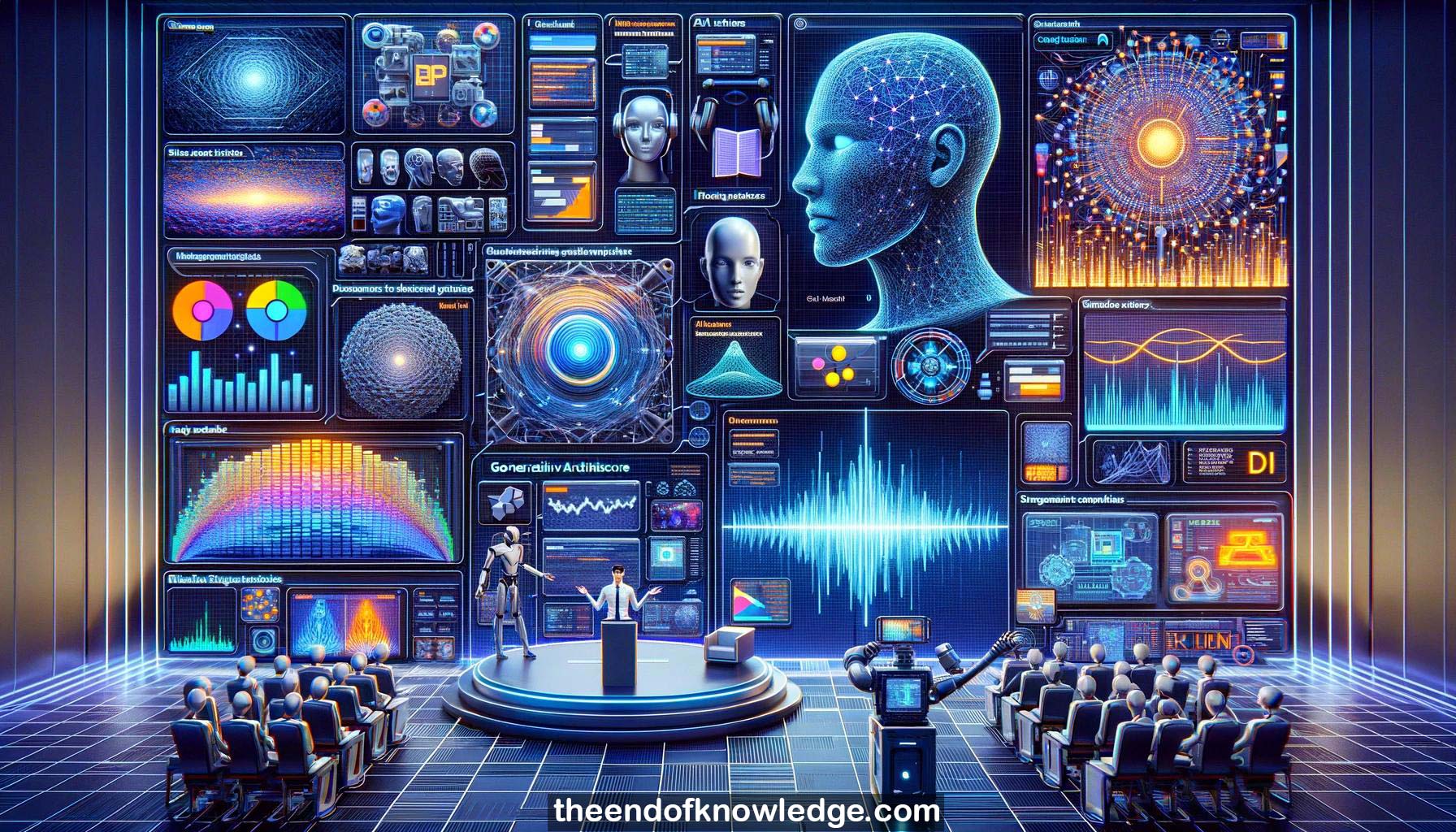 >
>
Concept Graph & Resume using Claude 3 Opus | Chat GPT4 | Gemini Adv | Llama 3:
Resume:
1.-Koray Kavukcuoglu gave an invited talk on generative models and generative agents, discussing unsupervised learning in DeepMind's recent work.
2.-Unsupervised learning aims to understand data and explain the environment, with generated samples indicating the model's understanding.
3.-Rich representations learned through unsupervised learning should enable generalization and transfer.
4.-WaveNet is an end-to-end generative model of raw audio that can produce realistic speech and music samples.
5.-WaveNet uses dilated convolutional layers to model long-range dependencies efficiently during training but generates samples autoregressively.
6.-WaveNet achieves human-level performance in text-to-speech and is used in Google Assistant.
7.-Parallel WaveNet makes the model more efficient using an inverse autoregressive flow student model trained by a pre-trained WaveNet teacher.
8.-Parallel WaveNet uses probability density distillation, a power loss, a perceptual loss from speech recognition, and a contrastive loss.
9.-Generalization and rapid development for new speakers and languages is a key advantage of the deep learning approach.
10.-Deep reinforcement learning combines RL's sequential decision making with deep learning's representation learning to tackle challenging problems.
11.-Impala is a highly scalable and efficient off-policy actor-critic agent architecture developed at DeepMind.
12.-The DeepMind Lab environment enables testing the ability of a single agent to perform multiple tasks in a complex 3D world.
13.-Stability, low hyperparameter sensitivity, and positive transfer between tasks are important for training Impala in the multitask setting.
14.-Impala decouples acting from learning, enabling efficient parallelization and robustness to varying environment rendering speeds.
15.-The V-trace off-policy advantage actor-critic algorithm balances the on-policy vs off-policy trade-off in Impala.
16.-Impala demonstrates better data efficiency, performance, and positive transfer compared to A3C when trained on DMLab-30.
17.-SPIRAL is an unsupervised RL approach for training agents to generate programs that lead to preferred environmental states.
18.-SPIRAL uses an agent, an execution engine, and a discriminator, combining RL, programmer synthesis, and generative adversarial networks.
19.-The SPIRAL agent generates brush strokes, the libmypaint environment renders them, and a discriminator provides a reward signal.
20.-SPIRAL learns to generate MNIST digits and Omniglot symbols using only discriminator feedback, with the ability to generalize between domains.
21.-Representing the policy as a general-purpose program enables SPIRAL to transfer from a simulator to a real robot.
22.-Future directions include interpretable program synthesis, tool use, and environment learning with RL agents.
23.-Shuang Wu presented work on training and inference with integers in deep neural networks for edge device deployment.
24.-The key challenges are limited power, memory, and precision, especially for future neuromorphic hardware.
25.-Their WAGE approach constrains weights, activations, gradients, and errors to low-bit-width integers in both training and inference.
26.-Techniques used include linear mapping, distribution shifting, deterministic and stochastic rounding, and pure mini-batch SGD.
27.-Good accuracy is achieved with ternary weights and 8-bit activations, gradients, and errors on CIFAR and ImageNet.
28.-Arrow and gradient precision requirements were found to be depth and data dependent respectively.
29.-Adjusting internal distributions and avoiding information bottlenecks is key to maintaining accuracy with integer quantization.
30.-Integer quantization reduces energy, area, and memory access costs for DNN accelerators, enabling on-device learning.
Knowledge Vault built byDavid Vivancos 2024